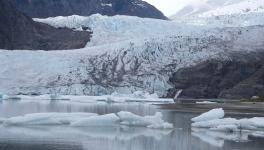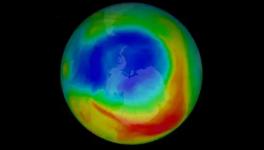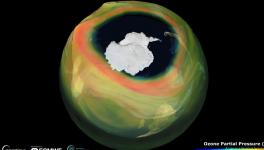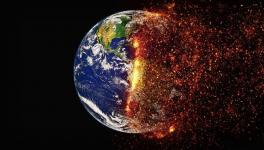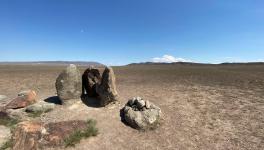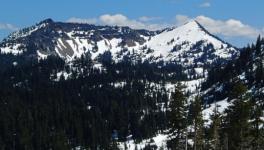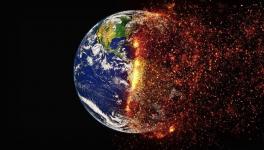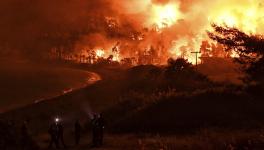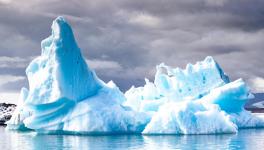Melting of Antarctic Ice Sheets During Ice Age Could Be Worrisome for Future
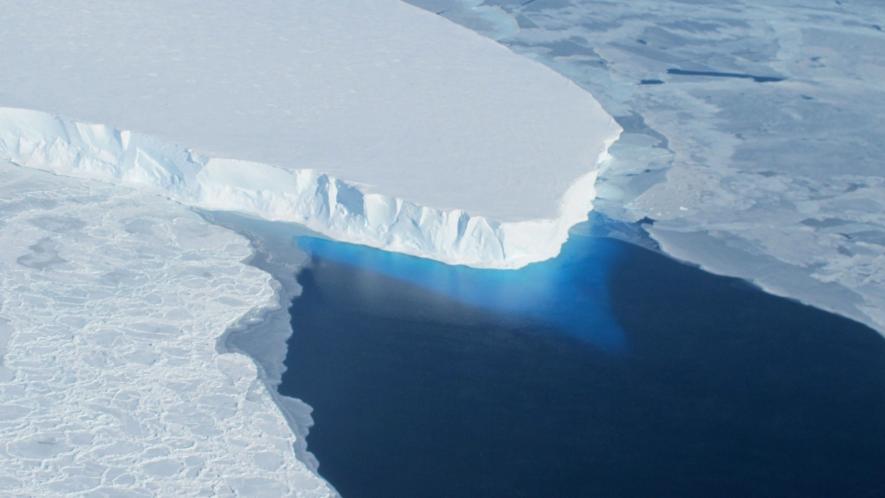
Image Courtesy: USA today
During Eemian period—the brief warm period between ice ages some 125,000 years ago, the earth was flooded. The sea levels were 6 to 9 metre higher than today, and this ended up flooding huge swaths of present-day dry land.
The source of all that water has been a mystery until very recently. But now, scientists have the answer—the source of all the waters was the collapse of the West Antarctic Ice Sheet during that time. The discovery was made out of a sediment core and was reported last week at a meeting of the American Geophysical Union in Washington. Now glaciologists worry about the present-day stability of this formidable ice bank. It is because the base of this ice sheets lies below the sea level, and is at a risk of being eroded by the warming ocean waters combined with the fact that the glaciers that surround it are retreating very fast.
Modern-day Global Warming May Lead to Melting of the Huge Ice Block Once Again
The new findings also carry information that can worry all of us. The ice age melting of the West Antarctic Ice Sheet took place in a climatic condition that is very much similar to today’s climatic conditions. During the Eemian period, from 129,000 to 116,000 years ago, the global temperatures were approximately 20 C above the preindustrial levels. Today, the global temperature rests 10C above the preindustrial levels, and climate models keep on warning us that the global temperature needs to be kept under control. The Paris Agreement also speaks about the international effort to maintain global temperature below 20C than the preindustrial level.
But there is a difference between the pattern of global warming during the Eemian period and present day’s warming. The Eemian warming was a natural phenomenon—it happened due to changes in earth’s orbit and the spin axis. Whereas, today’s global warming is a result of human activity—unabated carbon emissions and unabated deforestation primarily. International efforts have been going on, but observable measures in tackling the man-made climate change are yet to appear.
Also Read: Containing Carbon Emissions: Basic Human Needs Versus Economic Growth
How the New Findings are Different from the Previous Theories:
Scientists previously thought that melting of the Greenland’s ice sheet was the source of all the waters during the Eemian period that made the sea water to rise to a much higher level. But in 2011, Anders Carlson of the Oregon State University, US, who was the lead scientist of the study, and his team carried research in Greenland after the identification of isotopic finger prints of Greenland’s bedrock in the sediments from an ocean core drilled from its Southern part. These isotopes showed that ice continued throughout the Eemian Period. Now, if the Greenland’s ice sheet was in place, then the obvious suspect had to be the vulnerable West Antarctic Ice Sheet.
This was the intuition that led Carlson’s team to apply their isotope technique in Antarctica. First, the team extracted marine sediment cores drilled out from along the Western Ice Sheet’s edge. Studying 29 such cores, they could identify geochemical signatures for different bedrock source regions. These geochemical signatures provided the information which suggests that there was continuous ice-driven erosion in Antarctica during that period.
This painstaking research is about to make more confirmatory results that could link ice melting of the ancient period and the possible ice melting due to the man-made global warming.
Get the latest reports & analysis with people's perspective on Protests, movements & deep analytical videos, discussions of the current affairs in your Telegram app. Subscribe to NewsClick's Telegram channel & get Real-Time updates on stories, as they get published on our website.









